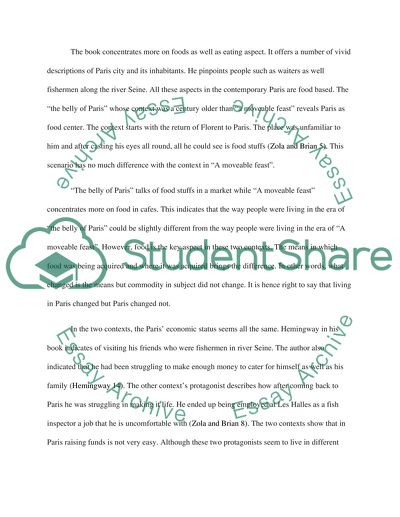Cite this document
(“Living in Paris in the Contexts of The Belly of Paris by mile Zola and Essay”, n.d.)
Living in Paris in the Contexts of The Belly of Paris by mile Zola and Essay. Retrieved from https://studentshare.org/literature/1689127-please-see-instruction
Living in Paris in the Contexts of The Belly of Paris by mile Zola and Essay. Retrieved from https://studentshare.org/literature/1689127-please-see-instruction
(Living in Paris in the Contexts of The Belly of Paris by Mile Zola and Essay)
Living in Paris in the Contexts of The Belly of Paris by Mile Zola and Essay. https://studentshare.org/literature/1689127-please-see-instruction.
Living in Paris in the Contexts of The Belly of Paris by Mile Zola and Essay. https://studentshare.org/literature/1689127-please-see-instruction.
“Living in Paris in the Contexts of The Belly of Paris by Mile Zola and Essay”, n.d. https://studentshare.org/literature/1689127-please-see-instruction.


